It has been quite a while since I shared some of the common questions asked by my diabetes patients, just like you. The questions often run the gamut focusing on medications, complications, proper eating, exercising habits and what is in the recent news concerning diabetes. Some questions come up regularly and I decided to share them with you in this newsletter. Please feel free to write in any questions on your mind so we can share the answers with the rest of our newsletter readers!
What is best to drink when you have diabetes: regular water, 100% fruit juice, soda (regular or diet), or flavored/sparkling/still water?
Answer: Soda sales reached 15 billion gallons in the U.S. during the year 2000. Soda sales have recently been declining and went down 1.2% in 2016 due to healthier drinking alternatives, more consumer awareness and added-sugar taxes used in certain cities. Soda companies have tried to spark sales by adding smaller cans and different drink choices with lower sugar content. Regular soda for a patient with diabetes is ultimately the worst choice as the amount of sugar in an average can of soda is 16 teaspoons which equates to 40 grams of carbohydrate and at least 150 empty calories. Sugar is not “the enemy” when you have diabetes since fruits, vegetables, dairy products and whole grains contain sugar.
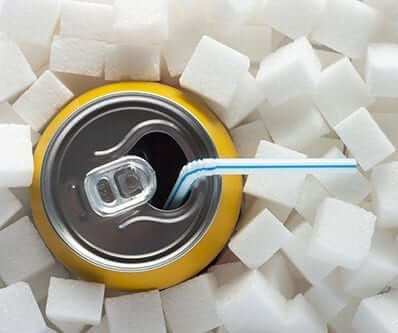
A patient who was recently diagnosed with diabetes brought a super-sized regular cola soda purchased from a gas station to her initial self-management visit as a snack. After initial diabetes counseling she allowed me to test her blood sugar which was over 300mg/dl. She stated she felt thirsty even though she was still drinking and tired, both of which are symptoms of elevated blood sugar. The next visit was one month later. She had committed to eliminating regular soda from her diet and she had seen great improvements. She already lost 6 pounds just from this one change. Diet soda is a better choice for people with diabetes since it has less sugar but “does contain additives and artificial sweeteners”. There is recent controversy about diet soda even for those with diabetes, so use your best judgement. “Artificial sweeteners “may set up hormone responses that make you “crave more sweet things” by triggering receptors and may affect good gut bacteria. Diet soda can contain caffeine and is never considered nutritious. It may also increase the risk of metabolic syndrome which is a precursor to diabetes.
100% fruit juice is not a better option for those with diabetes. There is no fiber in the juice and blood sugars rise quickly when consumed. It is wiser and more satisfying to eat the whole fruit instead.
Sparkling or flavored waters are now the latest craze selling at record amounts. Although they do not contain calories and are a much better choice than soda, they are not completely perfect. The “flavor essences” are mainly citric like lemon, lime, orange and grapefruit and fruit acids which could cause enamel erosion when consumed regularly. The fruit acid flavor changes the PH to about 3 in flavored water where regular water PH is between 6-8. The more acidic the beverage, the more tooth erosion and sensitivity may occur. Always read labels since some waters contain sugars and calories.
Flavored waters can make your teeth more sensitive to heat, cold and dental decay. The most reasonable advice is to eliminate regular soda and fruit juice, limit diet soda and sparkling or flavored calorie-free waters, and stay hydrated with regular water. You can add herbs including mint, basal or cucumber slices to the water without adding citric acid. When drinking flavored, calorie-free waters use a straw to limit exposure to your enamel. Chewing sugar-free gum with xylitol is a smarter idea than brushing teeth after eating or drinking to save enamel. Plain water helps the body with multiple functions such as regulating body temperature, reducing constipation, carrying oxygen and nutrients to the cells, preventing dehydration and replacing needed fluids especially during the hot and sticky summer months.
What are prebiotics and probiotics?
Answer: Another nutritional craze being talked about are pre and probiotics. Research points to gut bacteria being a source of promoting good health to everyone including those with diabetes. “Prebiotics are non-digestible food ingredients which act as a food source for and promote the growth of good bacteria in the gut”. Prebiotics are not bacteria, but the fertilizer needed to help the good bacteria in your gut flourish. Prebiotics can be found in many food products. Included are asparagus, flax, barley, onions, leeks, garlic, artichokes, bananas, soybeans and whole wheat foods.
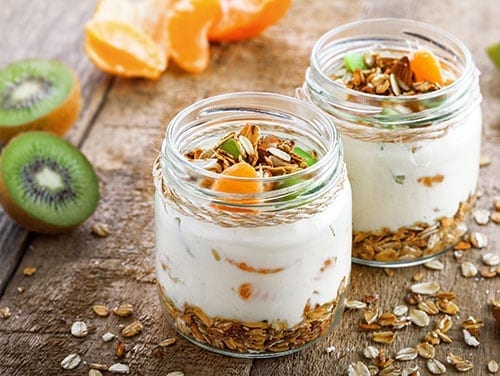
What about energy drinks, regular or sugar-free, when you have diabetes?
Answer: Energy drinks are extremely popular, with the global forecast to reach 61 billion in sales by 2021. According to the World Health Organization “energy drinks may pose a danger to public health”. The American Beverage Association says, “they are safe”. Most of these energy drinks contain large amounts of caffeine, sugar, taurine, carnitine and guana (a plant from the Amazon which is a “legal stimulant)”. Energy drinks, whether with sugar or sugar-free, have been shown to increase heart rate, blood pressure and stress levels which are all negative responses. They have also been shown to raise insulin resistance and increase blood thickness which causes possible blood clots. There are no hard facts that it can hurt everyone that consumes them, but those with diabetes, heart disease, pregnant women and adolescents should realistically avoid them due to the large amount of caffeine and guana.
The high caffeine content could cause anxiety, insomnia, muscle twitching, irritability, dizziness, tremors, restlessness and G.I. upset. Healthy adults should have about 400 milligrams of caffeine daily, so if you have a cup of coffee at breakfast, an ice tea or diet soda at lunch and a sugar-free energy drink in the late afternoon, you will be agitated and have exceeded your caffeine safe level. Instead of using energy drinks for a boost, eat sensible meals, never skip meals, exercise regularly, get enough sleep and have a snack of protein and carbohydrate such as a small apple with 8 almonds or 2 whole grain crackers with a cheese wedge to get you comfortably to dinner.
What about drinking coffee, can you really overdose on caffeine?
Answer: Should I or shouldn’t I drink coffee and have daily caffeine? Every day there is a new study telling us about the benefits of coffee followed by a study that states there is no real proof or substance to that study. Other studies point to drinking coffee as a health risk. California has decided to list drinking coffee as a “risk factor” in developing cancer due to the process of roasting the coffee beans because roasted coffee beans contain acrylamide, a by-product of the roasting process. There is evidence that acrylamide can cause cancer in animals, but more research is needed in testing humans. At this point in time, “there are no real break through studies that suggest you will or will not live longer if you drink coffee.” The studies already done have so many variables that it is difficult to come up with real facts. We do know that caffeine overdose is rare but possible depending on your specific intake and your own genetic makeup. Some people are truly more sensitive to caffeine.

Problems typically arise when caffeine triggers a heart arrythmia called ventricular fibrillation. Ventricular fibrillation is a lethal arrythmia which can lead to cardiac arrest. Too much caffeine can lead to acid reflux/stomach ulcers as well as sleeping difficulties in almost everyone. Yet coffee is rich in antioxidants which may slow cell damage. The bottom line remains: if you enjoy coffee and tolerate it, drink 3-4 cups of coffee a day (a total of 400 mg of caffeine a day). Be aware that dark chocolate even with the added anti-oxidants, has more caffeine than milk chocolate. Remember that diet cola does contain caffeine as well as many OTC cold and flu remedies. Caffeine stays in the body for 3-5 hours after ingestion. If you do become symptomatic with the jitters, go for a walk and drink more plain water to help with hydration. Switch to decaf and do not drink caffeine after 11AM if you get “caffeine” symptoms.
What are vitamin patches, and should I use them?
Answer: Transdermal patches or patches attached by adhesive to the skin have been used to deliver medications for years. They were first approved in 1979 to treat motion sickness. Since then they have been used to reduce chest pain, to aid in smoking cessation, to deliver hormones such as estrogen, as birth control, and in treating dementia. During the past decade, many people have been searching for the answers to better health, younger skin, more energy, stamina and eternal youth. Recent product development has exploded, offering all kinds of remedies with added health benefits without much science. One new product flooding the present market is vitamin patches which like oral vitamins, are not tested by the FDA. They are being marketed aggressively without “substantiated information.” Most of the information about these transdermal vitamin patches is discussed on social media and referrals for patches are made through customer testimonials. This has become big business with billions of dollars in profits. These patches are also being promoted for quick weight loss. Most professionals agree that there are no quick fixes for health or weight loss. No one has stated that these patches may harm a healthy person, but experts still agree, “a healthy well-rounded diet plan with fruits and vegetables, solid sleep habits and a regular exercise program will promote optimal health.” Vitamins and minerals such as pills, patches, capsules or chewables that are synthetic versions may not be recognized by the body as those eaten naturally in unprocessed foods. Talk to your health care provider before starting any supplement including vitamin patches.
What is the difference between sugar, added sugars and carbohydrates?
Answer: Sugar is a type of carbohydrate that turns rapidly into glucose and quickly enters your blood stream. With diabetes, you have a lack of insulin (type 1 diabetes) or the inability to use your insulin properly (insulin resistance for type 2 diabetes), and the sugar remains in the blood instead of getting into the cells. This causes high blood sugars when you have diabetes. Most Americans consume 66 pounds of added sugar each year.

All carbohydrates eventually turn to sugar, but the brain and the body require some glucose to function. Eating carbohydrates high in fiber helps prevent blood sugar swings and high numbers. The important message is stick to whole foods with high fiber, not processed foods, and watch the timing and amounts of carbohydrate that you eat. In May 2018, the FDA required food manufacturers to list added sugars separately from total sugars. This is to help make reading a food label easier for you. You will now see on food labels: total carbohydrates listed. In that section will be dietary fiber, total sugars and added sugars. This should hopefully help you make better and more informed food choices.
If you are still having difficulty knowing what, when and how to eat with diabetes, please talk to your health care provider about meeting with a CDE (certified diabetes educator) or a dietitian well versed in diabetes management. Finding the right combination of carbohydrates along with lean proteins and healthy fats is critical. Learning to count carbohydrates may be crucial to your diabetes control. Please remember that illness, infection, stress, lack of sleep, and exercise also have a huge effect on your blood sugars.
Patients have the most interesting questions. Sharing the information with you may help you benefit as well. Enjoy!
Have a question or comment? Then post below, no registration required. I would love to hear from you!
NOTE: Consult your Doctor first to make sure my recommendations fit your special health needs.


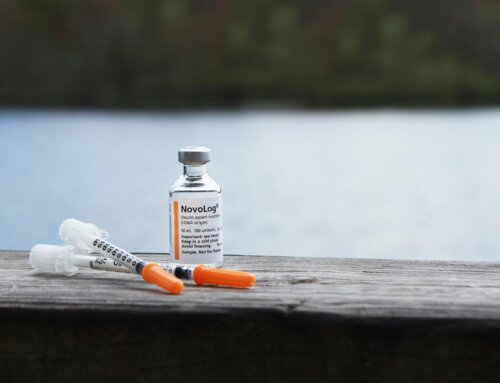

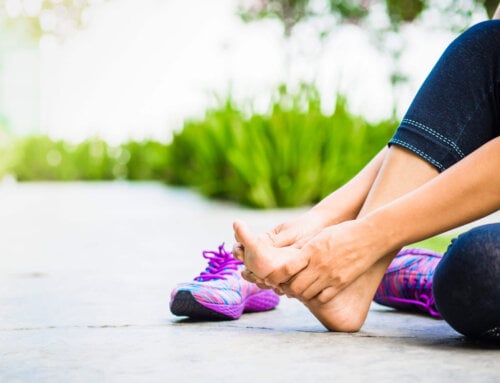


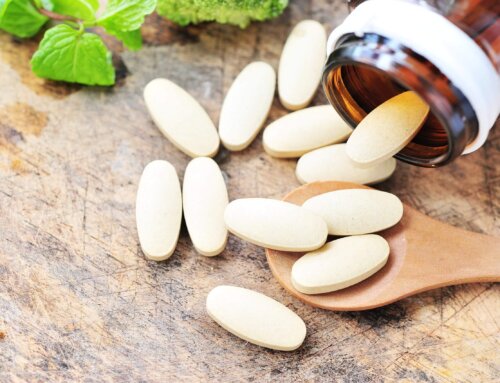


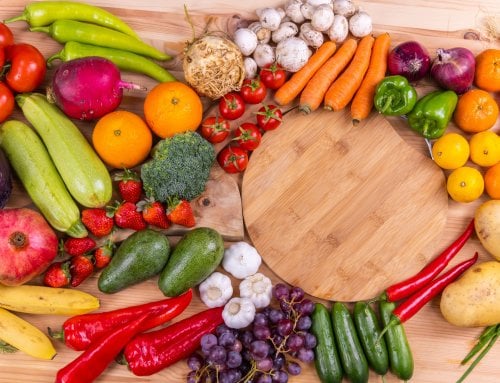
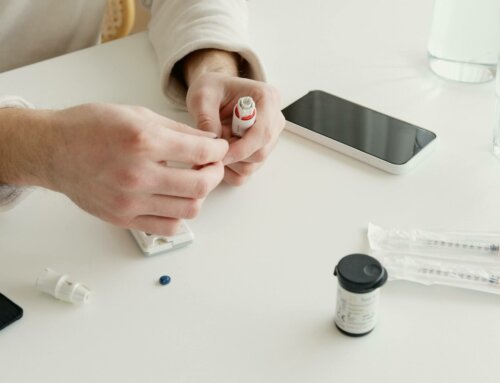
Leave A Comment